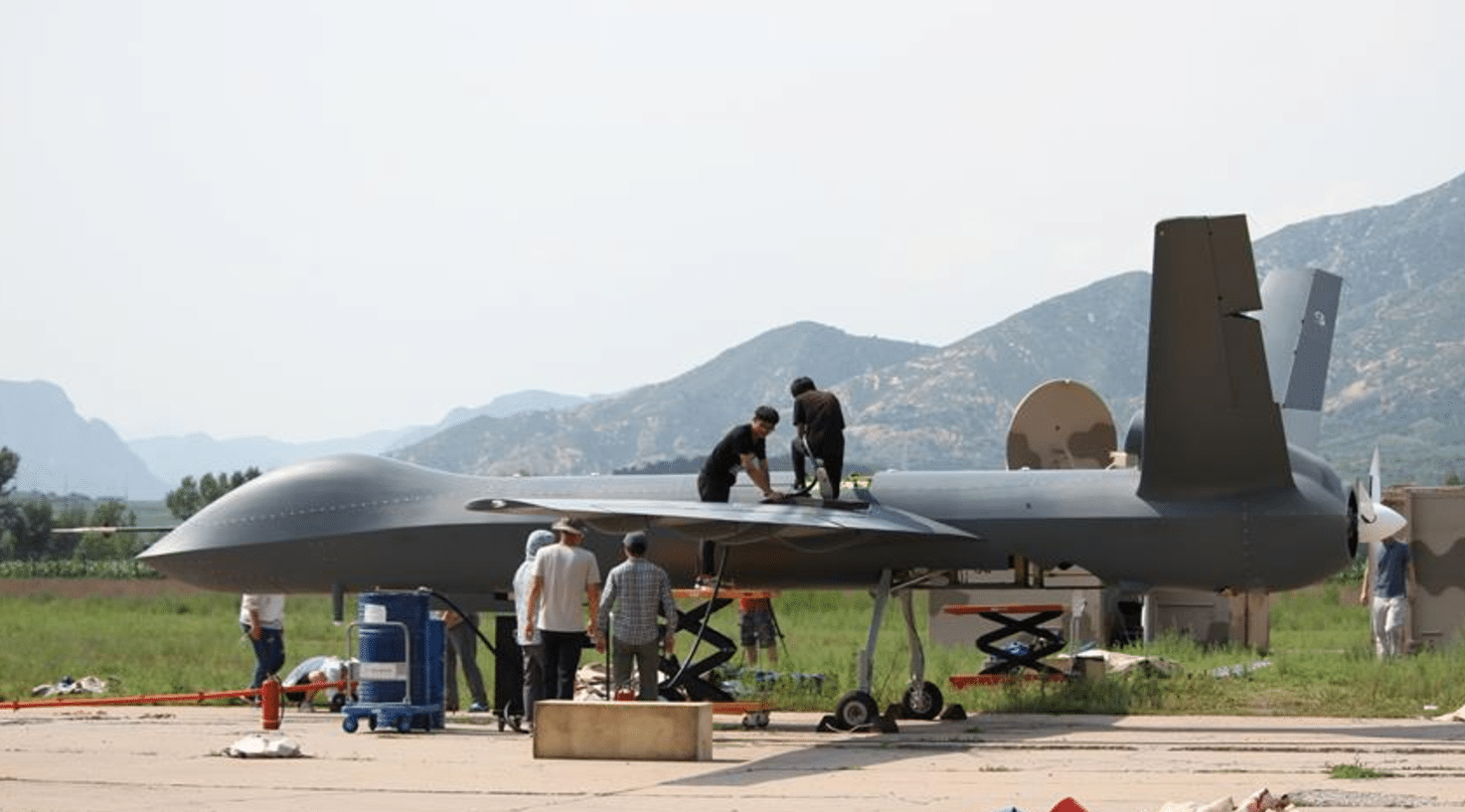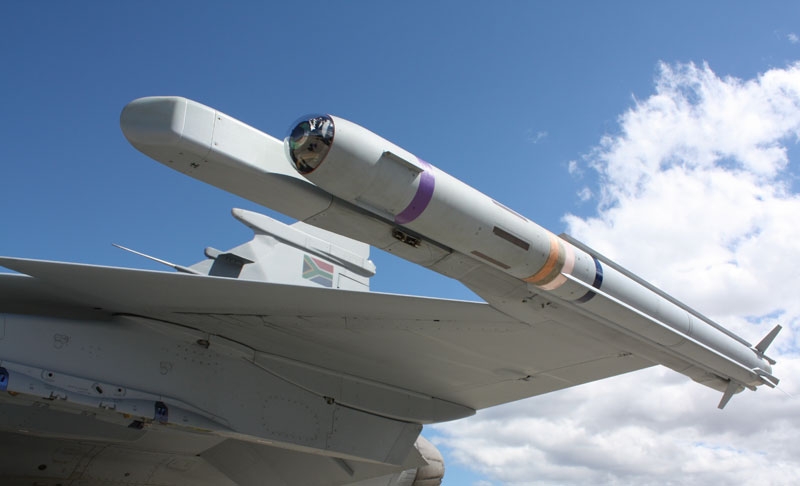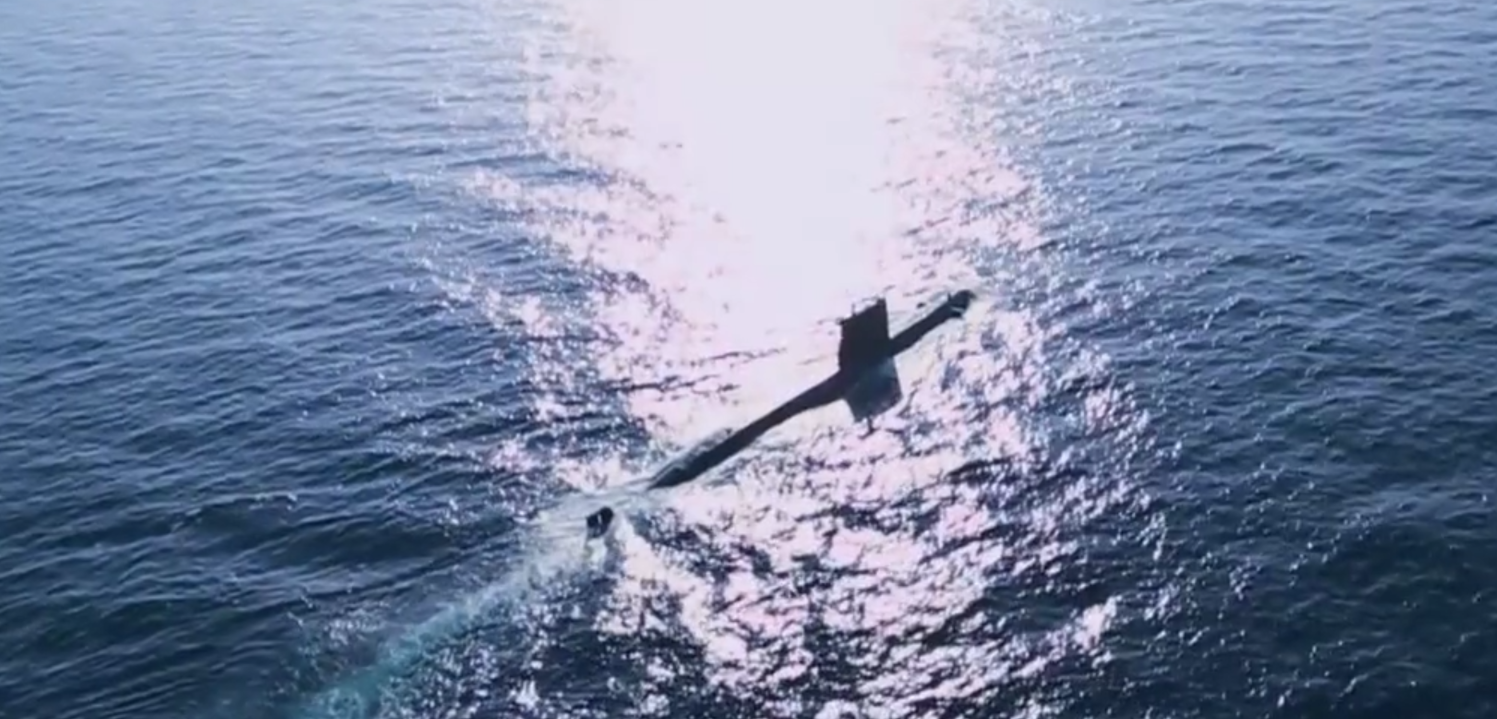2126Views 13Comments

Could the CASC CH-5 UAV be an option for Pakistan?
On Friday July 14, the China Aerospace Science and Technology Corporation (CASC) announced that it was ready to mass-produce and offer its CH-5 drone for export.
The new medium-altitude and long endurance (MALE) unmanned aerial vehicle (UAV) is among a handful of drones – along with the General Atomics MQ-9 Reaper and Israel Aerospace Industries (IAI) Eitan –capable of carrying more than 1,000 kg in munitions and electronics equipment.
However, unlike the Reaper and IAI Eitan, the CASC CH-5 appeals to a larger market, i.e. countries not privy to the defence industry access available to those aligned with NATO and the United States. One of those countries is Pakistan, China’s leading importer of big-ticket defence items, which include fast attack crafts, frigates, submarines, fighter aircraft and more.
When it was officially unveiled at Air Show China 2016 in Zhuhai in October, CASC stated that CH-5 had a maximum take-off weight (MTOW) of 3,300 kg, a payload of 1,200 kg (of which 200 kg is internal), a range of 2,000 km, endurance of 60 hours and service ceiling of 30,000 ft. The CH-5’s 330 hp engine provides a loiter speed of 180-200 km/h and a maximum speed of 300 km/h.
With these specifications, the CH-5 is much larger than the drones China has been exporting to date, be it the Rainbow or CH-series from CASC or the Wing Loong platform produced by the Chengdu Aircraft Industry Group (CAIG). Outside of the U.S., Israel and Western Europe, the CH-5 is also the largest drone available, especially to CASC and CAIG drone users in the Middle East, South Asia and Africa.
Pakistan’s current inventory of UAVs comprise of tactical – i.e. short-range and light capacity – units, such as the Burraq, Shahpar and others. With a MTOW 480 kg, the Shahpar has a payload of 50 kg for electro-optical and infrared (EO/IR) equipment and endurance of less than seven hours. The Burraq is thought to have a payload of 100-200 kg, which can be distributed between EO/IR equipment and munitions. Official information regarding the Burraq’s range and endurance is not available, but even if it is at-par with the Turkish Aerospace Industries (TAI) Anka, it would still be 24 hours (versus the CH-5’s 60 hour-endurance).
Given these specifications, it seems that the Burraq and Shahpar are deployed to support specific combat engagements, such as airstrikes or building situational awareness through intelligence, surveillance and reconnaissance (ISR) over a localized combat area. If Pakistan were to acquire the CH-5, it would not deploy them for the tactical roles currently assumed by the Burraq and Shahpar. Rather, the CH-5 would (if acquired) be sought for its loitering, range and payload, which would place it in roles that are currently managed by manned platforms, such as special mission aircraft.
Granted, the CH-5’s complete range is accessible through satellite communications (SATCOM) connectivity, but SATCOM is an acquirable (though costly) piece. If SATCOM is in place, Pakistan can deploy the CH-5 as a long-haul ISR asset for monitoring its coastal areas and exclusive economic zone (EEZ) at sea. Pakistan can also use the CH-5’s endurance and range for ISR operations along its borders, which can help build strategic situational awareness and provide another early warning layer (especially against asymmetrical threats). The CH-5’s payload can be leveraged for EO/IR equipment for targeting and image intelligence, synthetic aperture radars with ground moving target indicator for situational awareness of the terrain (SAR/GMTI), and electronic intelligence (ELINT) and electronic warfare (EW) equipment for support roles.
These roles are undertaken by manned platforms, such as the Pakistan Navy’s ATR-72 and Hawker 850XP, the Pakistan Army’s King Air 350ER and the Pakistan Air Force’s Falcon 20s.
While not as individually capable as these dedicated platforms, the CH-5 would be cheaper to acquire and operate. This can enable the armed forces to field CH-5s in greater numbers and use the drones to fill surveillance coverage gaps, loiter over areas of interest for several days and/or provide manned platforms with additional information (e.g. send SAR/GMTI feeds to friendly combat aircraft).
The CH-5 is also disposable (lacking a crew and being lower-cost), enabling the armed forces to potentially deploy the drone in high-threat environments, e.g. in proximity to an opposing integrated air defence system, which can occur if the CH-5 is deployed as an EW support asset.
Besides broadening Pakistan’s ISR capabilities, the CH-5 could even serve as an effective close air support (CAS) assets if its 1,000-kg external load is made to comprise of precision-guided bombs and air-to-surface munitions. However, it is not yet clear if Pakistan is interested in the CH-5. CASC said it was speaking to existing CH-series customers, which can theoretically include Pakistan (as the Burraq appears to be a licensed derivative of the CH-3A), but Pakistan Aeronautical Complex’s Aviation Design Institute (AvDI) also has a MALE UAV in development (specifically in the final design stages).
The MALE UAV scope is broad. It can include drones as large as the CH-5 and drones as small as the CH-4B. The latter category could be in the realm of AvDI’s design and development capacities, which can spur a design that is a natural tactically-oriented successor to the Shahpar and Burraq. If AvDI’s MALE UAV is an analogous solution to the CH-4B or TAI Anka, then there may be space for a CH-5-like solution, albeit if Pakistan is truly intent on building long-range ISR and long-haul loitering capacities through drones.



13 Comments
by jigsaw
I guess service ceiling limit is still a problem because of a weak engine. Guess Cobras and Zulu’s will continue to be the primary weapon of choice for the time being…
Pakistan has kind of rejected a couple of Chinese machines before based almost solely on poor engine performance. Z-10s, J-10s at least. Same story probably for VT-4.
Don’t see a maritime version…or?
by Bilal Khan
For maritime you would basically equip it with the appropriate payload, e.g. EO/IR sensor, a surveillance radar, etc. The airframe’s reaction to maritime conditions may be an issue, but seeing China’s own security theatre and concerns, that may not be a problem, assuming that fed into the CH-5 design.
by GhalibKabir
This thing could come handy along the long western borders esp where manpower limitations exist on your armed forces.
once a maritime version (with the appropriate sensors) is available, given the 1000 km coast you guys have, not a bad idea to have a squadron of half a dozen of these things for littoral surveillance.
a total of 12 machines would be a decent start i would say..
by Shakeel
Precisely Ali you are 110% right about the ENGiNES. Steve also repeatedly places emphasis on the ENGINE.
Can Quwa please do a piece on Pakistan constraints in terms of engine capabilities. Ukraine offer seems to be cosmetic in nature for tank engines.Russian assistance for MRO for the RD-93 does not seem to be making any headway.
Pak has now got some highly talented individuals. Why are we not utilising these individuals. At this rate god forbid these very talented individuals will be suffering from Dementia in a few years.
Once again a piece on this topic will be highly appreciated???????
by Rizwan
No need to dumb down. We can handle it!
by Ali Afzal
Pakistan should get it… why not ? Pak should deploy CH-5 drone on its western border with Afghanistan & Iran and should deploy Burraq on its eastern border with India.
by Bilal Khan
When it was under testing, CASC said it was still awaiting Bejing’s approval for exports, suggesting that it had been developed for both markets. That said, China is a voluntary adherent to the MTCR, so the CH-5s it sells – specifically the line-of-sight terminals – will be capped to 300 km in range anyways.
by John Rue
sure. does it has stealth capabilities? is it capable of avoiding radar? you will have S-400 tracking it down anywhere inside 100-200 KM of your own border.
by Bilal Khan
If Pakistan intends to use UAVs against India, they would be stealthy designs that can fly at low altitude, ideally low enough and away from the 92N6E’s radar horizon range. An alternative to that would be to saturate the environment with many UAVs and decoys, perhaps some with ELINT equipment and others with active jamming, which is where the CH-5 – along with smaller and cheaper drones – could fit.
by Amir Timur
The CH-5 cannot be a long term solution to MALE UAV requirements. Pakistan has already announced it’s own program in pursuit of one. While that could involve technology cooperation with China, we have to eventually set higher goals for ourselves. By China’s own admission, the engine used in the CH-5 was comparitively weaker than the Predator B, resulting in a decreased flying altitude. Can Pakistan not overcome this deficit with enough focus and effort? The Chinese military hardware procured is generally built with their military doctrine and requirements in mind. Our needs are different. Eventually, an indigenous program will be our best option. In the wake of an increased maritime security profile due to Gwardar and the CPEC, Pakistan will need to induct naval variants of such drones for recce and patrol, just as India plans to do with the Guardian drone. A MALE UAV simply offers too much versatility to be ignored, and a project under Pakistan’s control will result in maximum exploitation of such versatility. Also, Bilal, just as the Chinese have their CH-5 cooperate with other drones via data link, does Pakistan have the required tech to make this possible with the Burraq and Shahpar? And one more thing, since TAI has good experience in this field (Anka etc.), is collaboration with the Turks viable, given the possibility of renewed sanctions on western tech? Aren’t other potential partners, like South Africa, Brazil etc. working on such projects?
by MT
1.S400 each missile cost 5 million $ and they are nt going to be wasted on hitting drones and UAV.
2. Rajendra radar for Akash have RCS of 1SqMeter while EL/M-2248 MF-STAR for Barak8 and french derived BEL Aesa radars can detect objects in range of 0.1
to 0.5 Meter SQ respectively with in radar horizon range.
3. Arudhra(4D medium powered long range) and Ashwini(4D low powered long range) AESA radars are built for small sized targets with in radar horizon range
4. MFCR variant of Ashwini was used in QRSAM test which will form the basis of Indian SAM inventories against low flying drones, cruise missiles, Nasr.
AFNET has integrated all sorts of sensors(ground,airborn),C2 nodes,radars(military and civilians).
by Bilal Khan
PAC can collaborate with TAI so long as the expertise and IP on the table belongs to TAI and not another company. The Anka came about due to Turkey not having access to sufficiently capable solutions off-the-shelf. It took TAI about 12 years to develop, test and operationalize the Anka, so I imagine it’s one of its proprietary programs. Collaborating with PAC/AvDI could be a means to scale the R&D required to take the Anka to its next logical steps, e.g. large MALE, jet-powered UAVs, attritable UAVs, etc. I’m not aware of any South African (sans Bateleur) and Brazilian programs in this area, but these countries have the means – i.e. industry and human resources – to effectively take on the work provided there’s funding and an anchor to guarantee production.
by Steve
Sure you can. You sound like an anaesthesiologist from your manner and attitude lol.